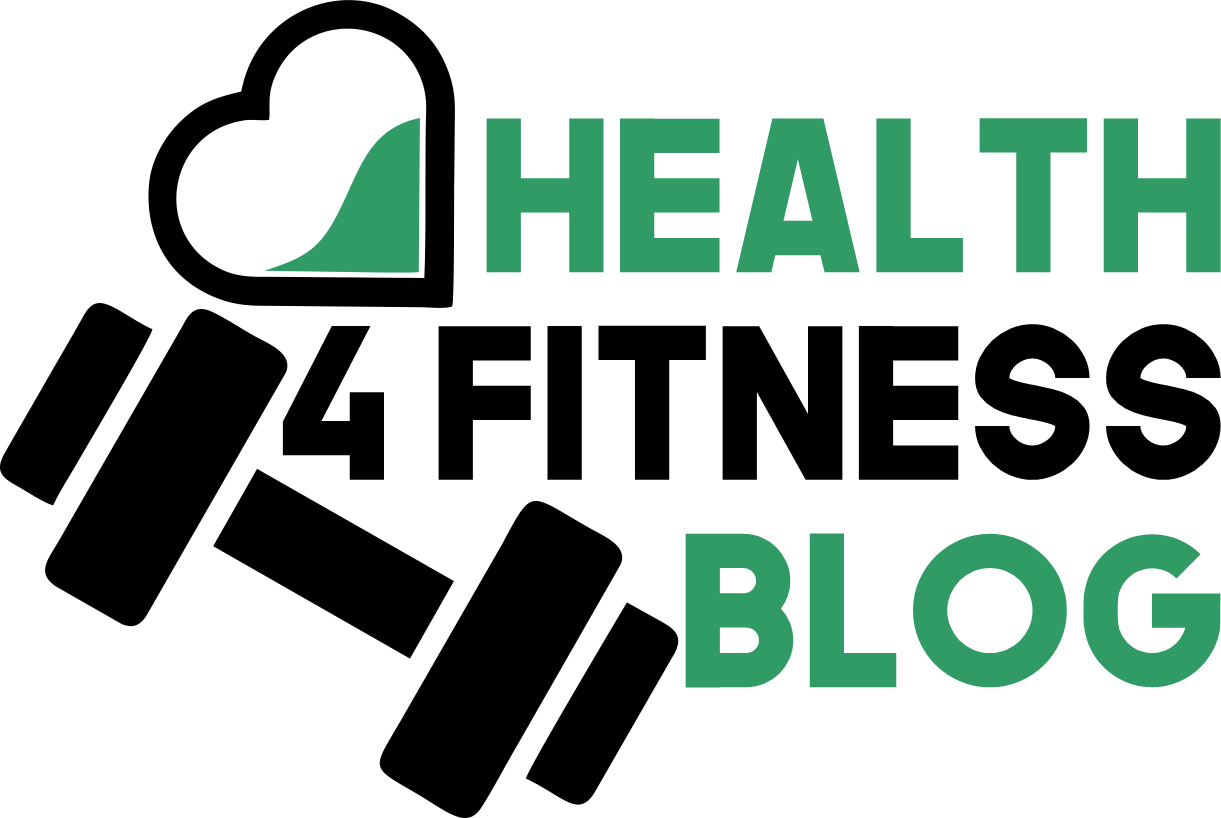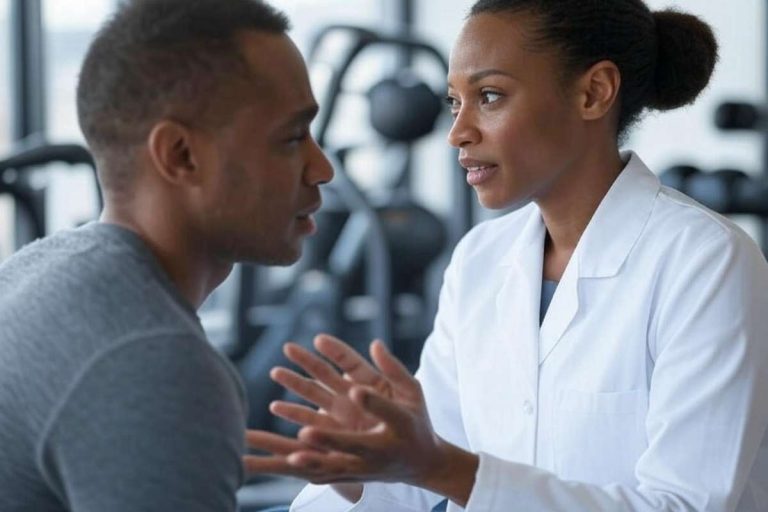Applying for a job is always demanding, tiresome and complicated, especially when it comes to positions in the medical field. Excellent communication skills, knowledge of the sphere, and a plethora of other aspects are indispensable for the desired success.
At this point, it is fundamental to mention that an interview plays a critical role in the hiring process, so you should get ready for it beforehand. It is known that the first impression matters, so your initial task is to allure the employer, emphasizing your unique traits and skills necessary for the job. Confidence, perseverance, goal orientation, and stress resistance are the aspects that may help you stand out from the crowd of applicants.
Are you getting ready for the medical assistant interview? Check out some of the most prominent and helpful tips that will help you thrive.
Mind Pre-Interview Research
Do you want to become a medical assistant? It is time to get ready for the interview. No matter if you have previously had experience answering questions and discussing the specifications of the job with the prospective employer, or if it is your first time dealing with it, you should come prepared. At this point, comprehensive, multi-sided research is a must.
Start with the information about the company you want to work in. Find as much data about it as possible, as it will help you acknowledge all the potential advantages and downsides of your job and will also help you answer certain questions.
Read job requirements carefully to make sure the skills, knowledge, and experience you have are enough. Pay due attention to the peculiarities of the company and its job offer. Even though the duties of medical assistants are frequently the same, irrespective of the company, there may be exceptions. Your awareness of job specifications may become a good bonus for you.
When you know everything about the company you strive to work with, you should not stop with your research. Keep analyzing the field to make sure you do everything right during the interview. Mind the way you dress, behave, and speak during the interview. Even the slightest detail can influence its results, so you should be all prepared to face challenges.
Practice Answering Questions
When the interview is approaching, a considerable number of people get nervous and uneasy about it. There are applicants who start searching for a chance to buy nursing essays that will impress the interviewer and contribute to their perspective. Unfortunately, it does not work that way. Even though the applicants will be asked to show a few samples of their academic projects, they will not play a decisive role. Instead, competence, professionalism, and personality traits will be crucial.
Thus, be ready to answer lots of questions about your abilities, skills, knowledge, desires, ambitions, and other aspects that will give a better idea of you as a future employee.
If you have never had experience applying for a job, you should take your time to prepare for it. Surf the web to find the most common questions people ask hiring medical assistants. Get ready with the answers to the questions about your previous experiences working with patients, interacting with colleagues, and facing challenges. Stay calm and reserved, which will help you make a positive impression on the interviewer.
Dress to Impress
Your appearance during the interview matters a lot. One should remember that working in the medical sphere, people are expected to look in a specific way. Therefore, the way you dress and behave at the interview may give more information about you than the words you say.
Focus on modest and formal clothes that will emphasize your seriousness and a corresponding approach to the job. Avoid bulky jewels, bright-colored nails, and perfume that will attract too much attention. Working as a medical assistant, you need to be focused on the patients and their well-being rather than the impression you make on them.
Ask Multiple Questions
When the interview is close to its end, you will have a few minutes to ask questions considering the job application. It is an excellent chance for you to hear the answers to the most bothersome questions and prove your competence and ambition.
There is no need to make an extensive list of questions the interviewer should answer. Instead, come up with multiple questions that will emphasize your interest in the position and awareness of job specifications. Additionally, it is always a good idea to ask about promotion opportunities, which will show your desire to grow, develop and excel.
Following the above-mentioned tips will not guarantee you getting a position of a medical assistant but will surely help you enhance your chances for success. Additionally, these are the recommendations you can take advantage of applying for any other job, especially if you lack experience, skills, or competence in the field.








